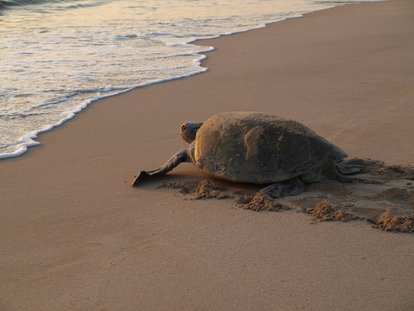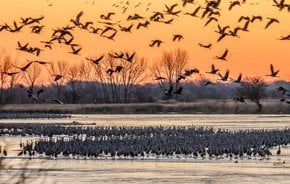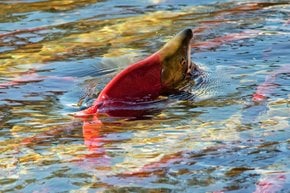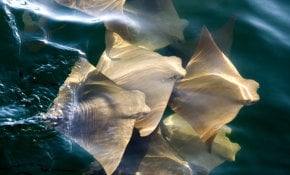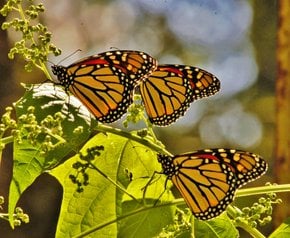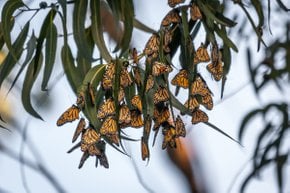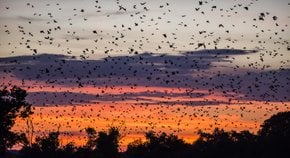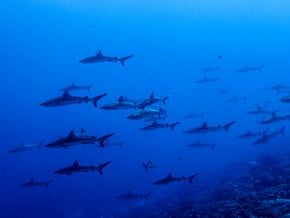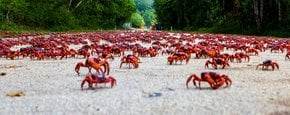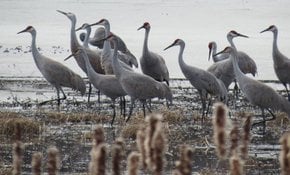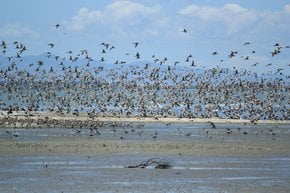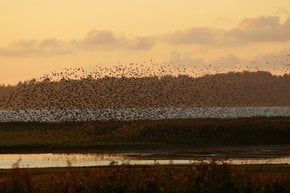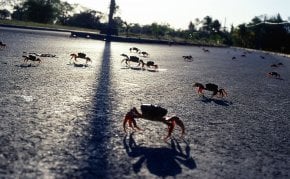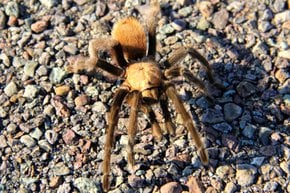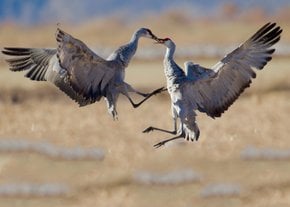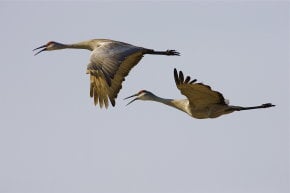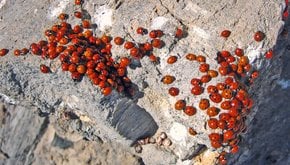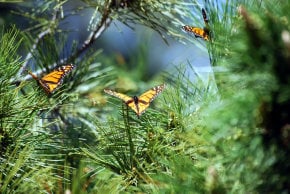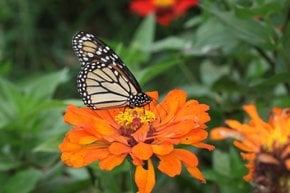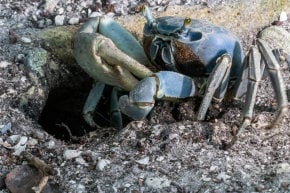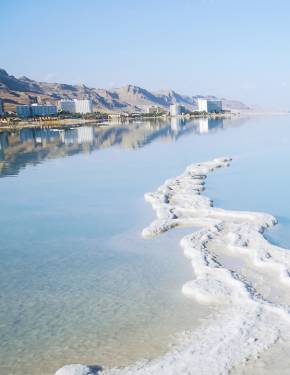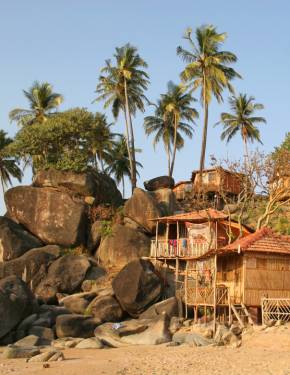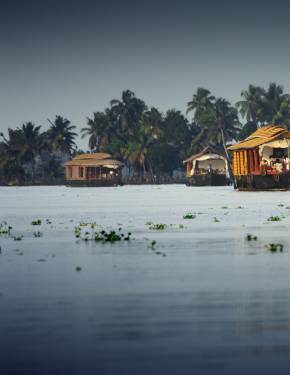Turtle Nesting and Hatching in Oman 2026
For some newly-hatched baby turtles, the first beach-to-ocean race may be also the last one, but the surviving ones will cross the oceans and come back to lay their own eggs
Best time: May–September
Seven different turtle species found in the seas and oceans of the world roam the water depths in search of food. They may cross hundreds of thousands of miles underwater, which may take more than a year. Nevertheless, they will regularly return to their birthplaces to lay their own eggs. One of the best turtle nesting places found on earth is Oman's shoreline, known as the habitat for 5 out of 7 of the world's turtle species—green, loggerhead, hawksbill, olive ridley, and leatherback turtles.
Turtle Breeding Season
In the peak breeding season between May and September, Oman beaches host around 20,000 turtles, which come out of the sea at night, dig holes in the sand, and lay eggs. Every summer, turtles lay up to 60,000 eggs in the Sultanate. Baby turtles start hatching 55 days later. Their first and most dangerous life challenge is a life-or-death race to the sea. Baby turtles have to escape numerous predators looking for dinner.
Where to see baby turtles
The most popular turtle nesting sites are located in Ras Al Jinz, Ras Al Hadd, Masirah Island, and the Ad Daymaniyat Islands. Ras al Jinz, Ras al Had Turtle Reserve, and Al Daymaniyat Islands are on UNESCO’s World Heritage tentative list for its unique biodiversity. Al-Daymaniyat archipelago, which consists of nine small islands off the coast of Muscat, is closed for tourists during the turtle nesting season. However, other sites allow turtle tours. However, guests must make sure to respect nature and not disrupt the hatching process.
Ras al-Jinz
Ras al-Jinz is the most popular and accessible turtle nesting site in Oman. Located on Oman’s eastmost tip, 155 mi (250 km) south of Muscat. Ras al-Jinz is home to the endangered green turtle. Thousands of turtles flock to the beach to lay their eggs, and visitors can also catch a glimpse of this nature's spectacle. Turtle nesting tours at Ras Al Jinz take place at 5 am and 9 pm. Admission for adults is 12 OMR per person, and for children (6-12) –6 OMR. For guests who stay at the resort, turtle-watching is free. Ras al-Jinz also boasts a museum and lots of interactive exhibits dedicated to turtles.
Ras al-Hadd
Ras al-Hadd Beach is located within a 20-minute drive from Ras al-Jinz. The turtle reserve in Ras al Hadd is a nesting site for green and hawksbill turtles. Since there are no official tours of the turtle reserve, it's less visited by tourists and less crowded. But there's also less accommodation and comfort.
Masirah Island
Masirah Island is a nesting site for the green turtle, the loggerhead turtle, the hawksbill turtle, the olive ridley turtle, and the leatherback turtle. Loggerhead turtles frequent the island beaches in especially large numbers. Approximately 30,000 loggerhead turtles show up there annually. Masirah Island is located within a 6-hour drive south of Muscat and a one-hour journey by car ferry from Shannah. Some tours to Oman include a visit to Masirah Island, which is also famous for its birds, particularly, pink flamingos.

